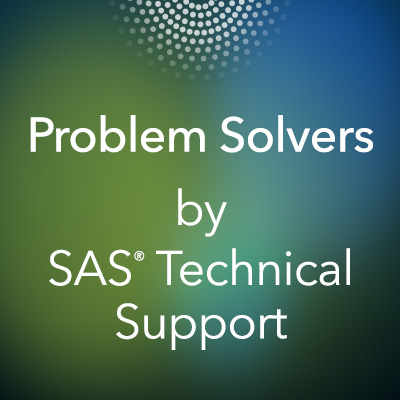What Is a Data Scientist?
Data scientists do many of the same elements as data analysts, but they also typically build machine learning models to make accurate predictions based on past data. A data scientist often has more independence to try their ideas and experiment to get exciting designs and aims in the data that management may not have considered.
As a data scientist, you might be asked to evaluate how a change in marketing strategy could affect your company’s bottom line. This would require a lot of data analysis work collecting, cleaning, and visualizing data. Still, it would also probably need building and training a machine learning model that can make sure future predictions based on past data.
Skills Required:
All of the skills expected of a data analyst, plus:
- Solid knowledge of both supervised and unsupervised machine learning methods
- Strong understanding of statistics and the ability to estimate statistical models
- More advanced data science-related programming skills in Python or R, and possibly experience with other tools like Apache Spark
Career Prospects
If you are working as a data scientist, your next job title may well be a senior data scientist, a position that will earn you about $20,000 more per year on average. You might also want to specialize further in machine learning as a machine learning engineer, which would also bring a pay increase. Or, you can view more toward management with roles like a lead data scientist. If you need to maximize earnings, your final aim might be a C-suite role in data such as chief data officer, although these parts need management skills and may not require a lot of actual day-to-day work with data.
Why Is Data Science a Good Career to Explore?
Advancements in technology improved data science evolve from cleaning datasets and applying statistical methods to a range that encompasses data analysis, predictive analytics, data mining, business intelligence, machine learning, deep learning, and so much more. Now, there still might be some who believe that data science is just a trend, and the hype around it will finally go away. Of course, nothing could be farther from reality. The truth is, data science is just getting speed as all businesses and government organizations use enormous volumes of data to change what they do and how they do it.
Why Is Data Science Important?
Data science is not just restricted to the F1 racetrack or the big casino business players. There is practically no industry that can’t benefit from it. Retail and e-commerce, logistics and transportation, healthcare, finance, insurance, real estate all these require a robust data science team that can leverage the data within their organization to gain a competitive advantage. That is why, if you are looking for a rewarding career with a substantial impact on any business decision-making process, you should explore the data science career path.
The demand for data science is vast, and employers are investing valuable time and money in Data Scientists. So using the right steps will lead to exponential growth.


